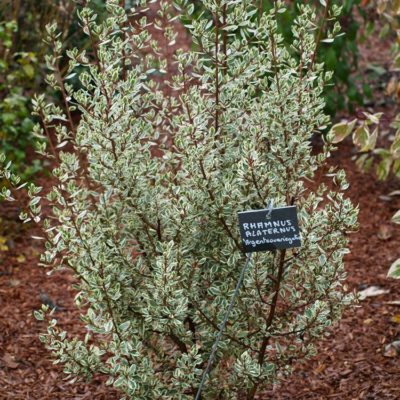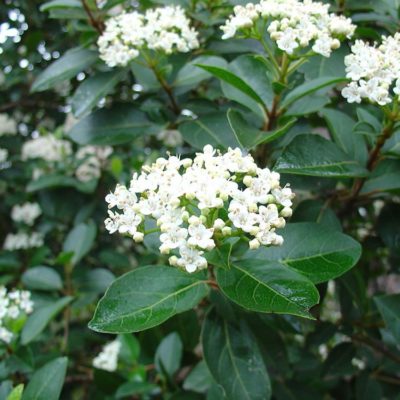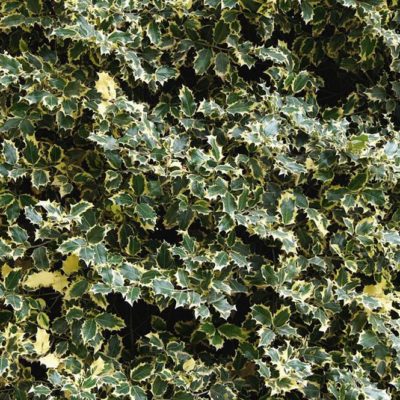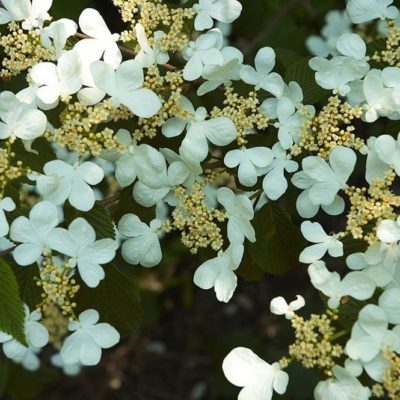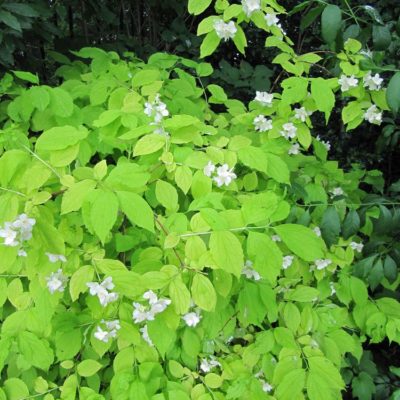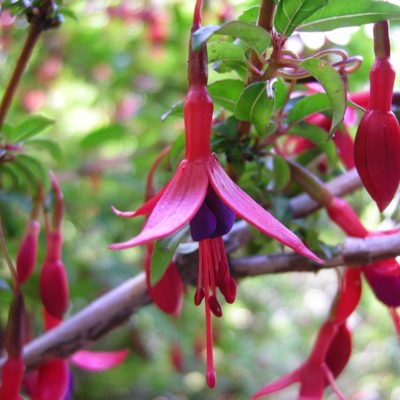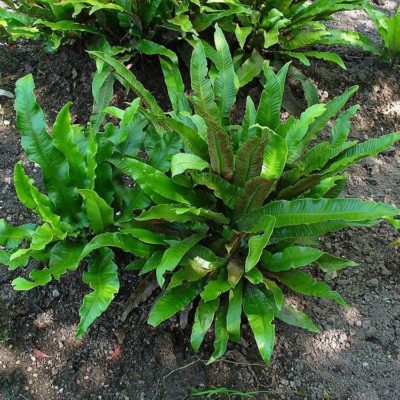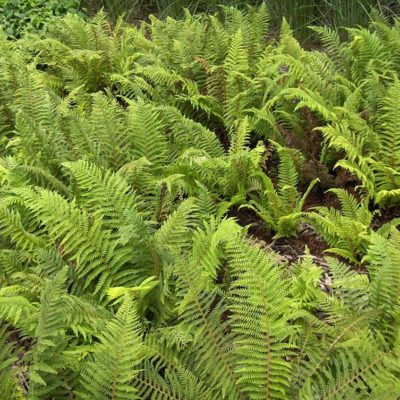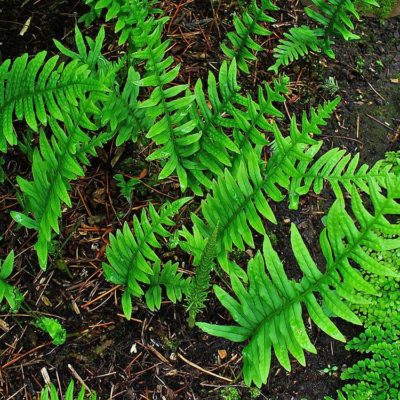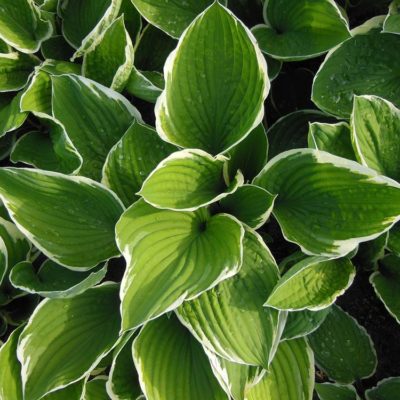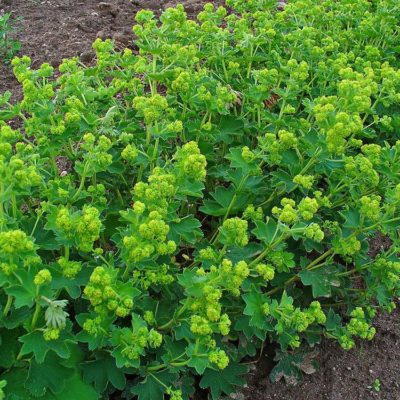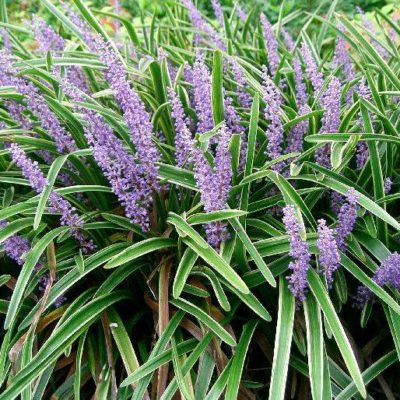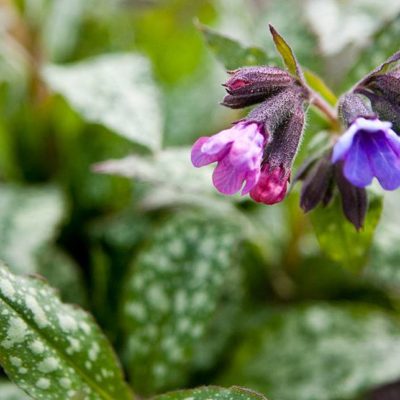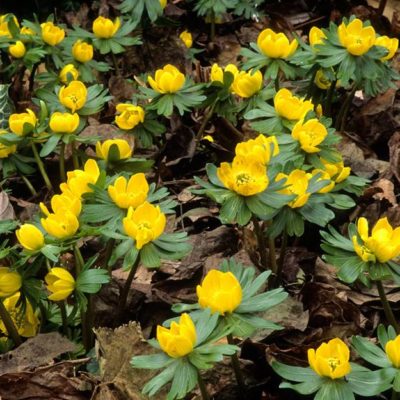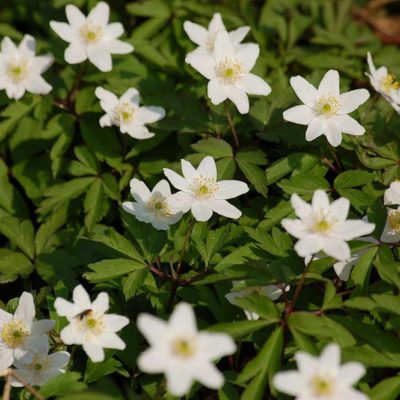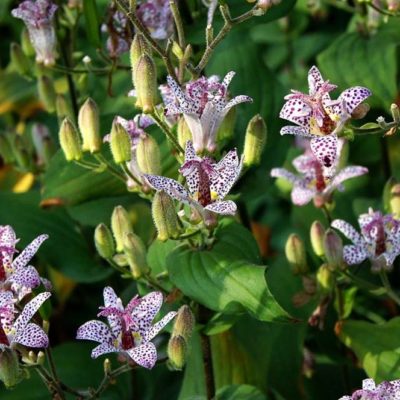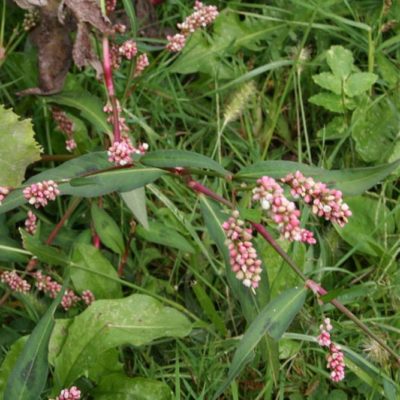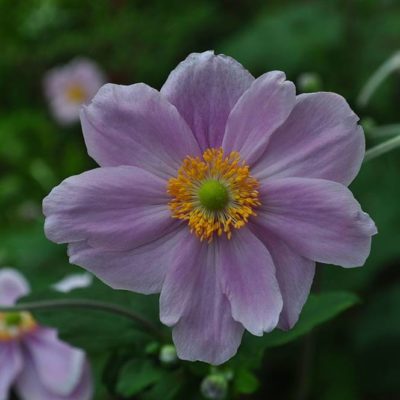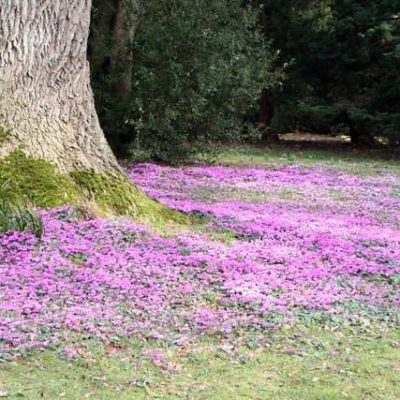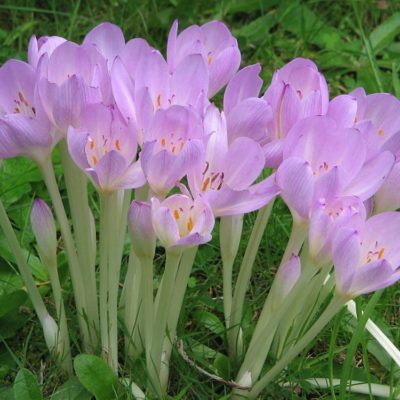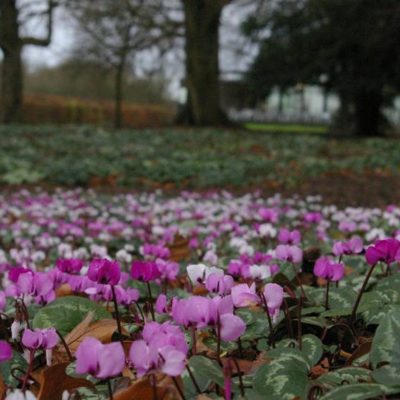Glade Planting
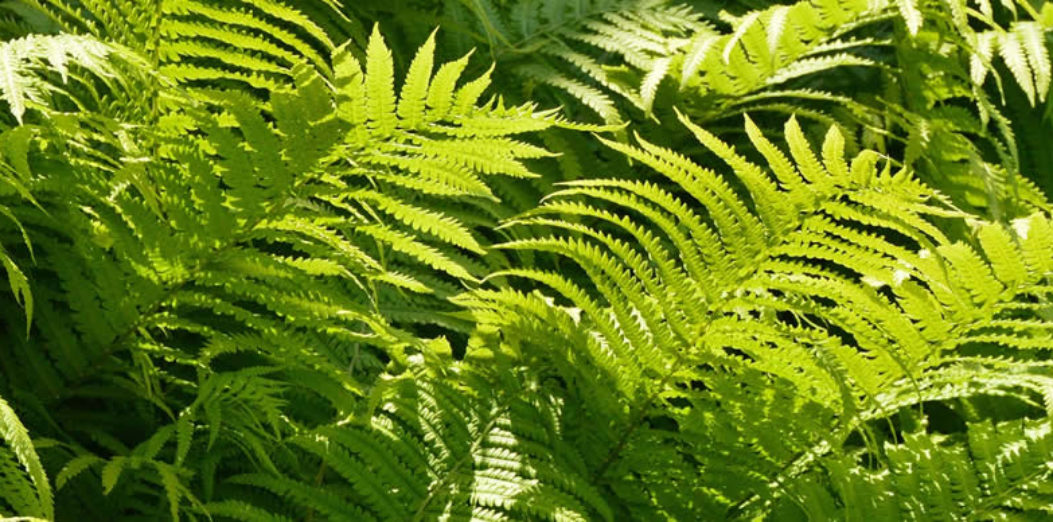
For me, one of the most interesting aspects of planting design is how plants can be used to build and enhance the character and feel of different parts of the garden. So, the planting can be used to help invoke the feel of a woodland glade in one area, whereas in another part of the garden the planting might be geared to a more Mediterranean feel, or a more traditional cottage style, or one that is more exotic, and so on. This blog is the first in a series of blogs exploring plants for creating these different “effects” – and looks at glade planting – something you might associate with dappled sunshine coming through trees, or a small clearing in the trees which receives sun for some, but by no means all the day.
How to create a garden glade?
The first thing to say is that it is really important to build on what is already there in the garden. So, a lightly shaded area near a few existing trees, is a good starting point for creating a glade. Even better if the trees don’t have too solid a canopy. A south-facing, blisteringly hot area clearly isn’t ideal. Having a path – even if just some stepping stones – winding its way through the area, will add a huge amount of interest.
Most semi shaded areas like this will naturally be more colourful in Spring – when there is more light before the trees come into leaf. But there are plants which will add soft colour and interest at other times of year, although the colouring tends to be more muted and subtle, with plenty of white in the mix – vibrant summer colours are normally found more in sunny gardens.
So, what plants to use?
As in any planting design, some evergreen structure is essential and will also create mini barriers so that you turn a corner and see something different. So plants like Hollies (Ilex), Viburnum tinus, and Rhamnus are very useful at higher level, as well as lower levels plants like Skimmia, Daphne, Sarcococca and even Box (a native woodland plant) and Euonymus.
Deciduous shrubs can then add a foliage tapestry and soft flowers – Viburnum plicatum ‘Mariesii’ (etc), Philadelphus coronarius ‘Aureus’, Japanese Acers, Viburnum sargentii ‘Onondaga’, some hardy Fuchsias (e.g. Fuchsia magellanica Versicolor). Hydrangeas also prefer dappled shade, and will – along with the Fuchsias – add invaluable late summer colour, but do need sufficient moisture to do well.
Perhaps also consider a few yellow leaves shrubs e.g. Choisya ‘Sundance’ – if its not too shady – as their leaves will turn a lovely lime colour with a bit of shade.
Ferns – Asplenium scolopendrium, Polystichums, Polypodium vulgare – and even the odd tree fern if you are looking for hints of Heligan. Lacy ferns are a must, maybe mixed with a few Hostas and the odd Alchemilla for foliage contrast, if you don’t mind a bit of slug damage and self seeding. And Liriope adds a different leaf form too and a few autumn flowers.
Spring flowering bulbs & perennials – lots of them! Wood anemones, Scilla sibirica, Snowdrops, Winter Aconites, (maybe) Bluebells, Digitalis (Foxgloves, NB poisonous), Dicentra (Lamprocapnos) spectabilis (Bleeding Heart), Polygonatum, Geranium phaeum, Pulmonaria, Lunaria rediviva, Brunnera, Hellebores, and maybe a few Primrose and Cowslips, Campanula etc.
A few later flowering perennials to keep the interest going in late summer e.g. Japanese anemones, Tricyrtis, Persicaria.
Some autumn bulbs e.g. Colchicum, Autumn Crocus, and best of all…
Hardy Cyclamen – en masse – imagine a sea of Cyclamen hederifolium in autumn, followed by Cyclamen coum in the winter – how wonderful is that!
There are many more plants that you could try; these are just some of my favourites – as many of our clients will know. The overall effect of the soft, varied foliage tapestry in the dappled sunlight, accompanied by flowers in subtle shades of white, blue, yellow and pink can be absolutely magical.
Photo credits: Ferns, Rhamnus, Viburnum tinus, Ilex, Viburnum plicatum ‘Mariesii’, Philadelphus coronarius ‘Aureus’, Fuchsia magellanica, Asplenium scolopendrium, Polystichum setiferum, Polypodium vulgare, Hosta, Alchemilla vulgaris, Liriope muscari, Pulmonaria saccharata, Winter Aconites, Anemone nemorosa, Tricyrtis formosana, Persicaria maculosa, Japanese anemone, Cyclamen coum, Colchicum byzantinum, Cyclamen hedrifolium.
